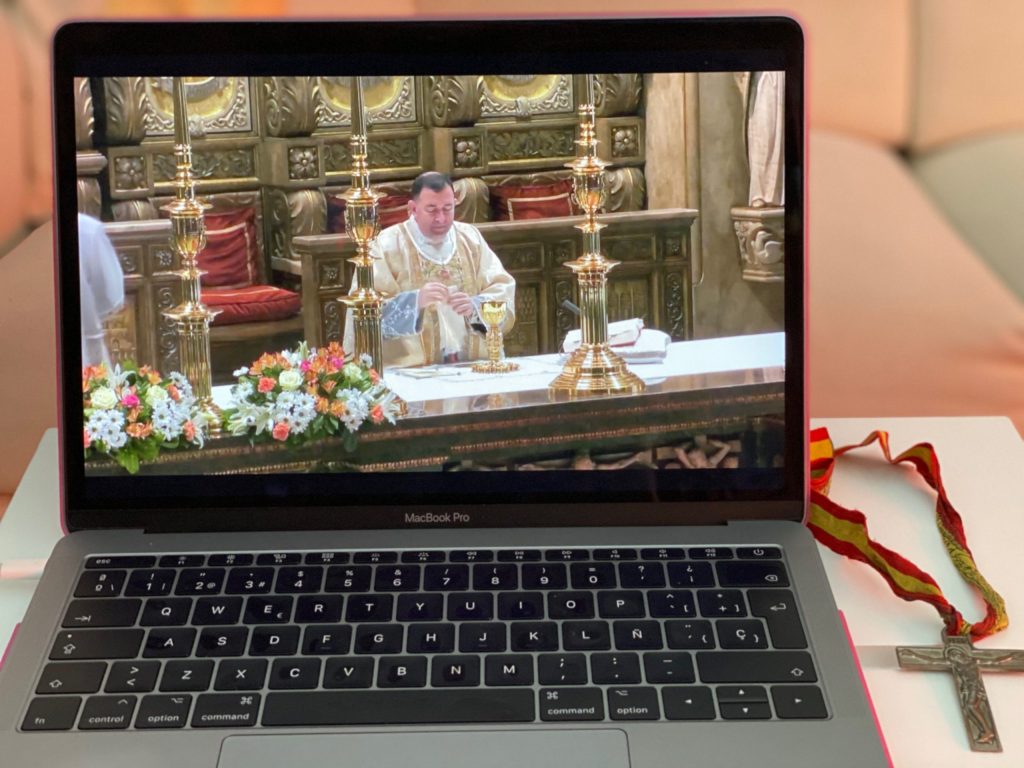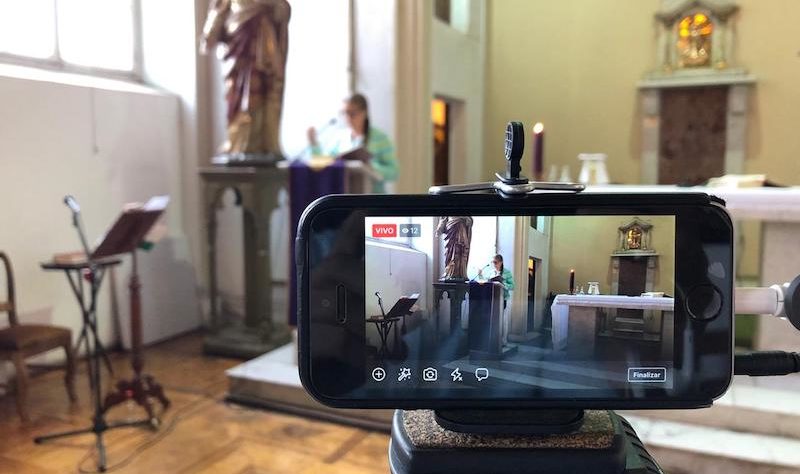( ZENIT News / Rome, 21.06.2022).- How to create a Website for a parish? And how should the social networks be used for pastoral work? These are some of the questions that “La Chiesa nel Digitale” [“The Church in the Digital World”] answers, a book directed by Fabio Bolzetta, and published by Taw (248 pages, 14 euros). The book, stemming from the experience of 150 video-tutorials of the Association of Italian Catholic Webmasters (WECA), offers an opportunity to reflect, discover, share on the social networks and publish on the Web the experience of the Church present in the digital world. The book opens with a Preface by Pope Francis, which we publish in full.
The WECA Association (Italian Catholics Web) was established legally on May 22, 2003. It arose at the request of some forty Catholic Webmasters who wished to create a shared and synergic area in which they could recognize one another and be supported in their formation projects and future strategies. The WECA Website explains that a point of reference is offered for computer sites of Catholic inspiration, whose activities include: the promotion of formative, educational and cultural activities, the diffusion of initiatives and proposal for use of the Web for pastoral activities; the implementation, development and offer of software solutions and infrastructure technologies to facilitate the Catholic world’s access to the Web.
* * *
I have said many times that one never comes out of a crisis the same as before; one comes out better or worse. The difficult time humanity is going through due to the pandemic has made it clear that, not only will we come out of this crisis if we do so together, but it has made us realize the usefulness that technological tools and social networks can have. We saw it during the periods of lockdown, when it was no longer possible to gather, to celebrate the Eucharist together, to be close to our dear sick ones, to be united in prayer with a relative or a friend who has left us. It’s as if everything was taken from us that we took for granted, confronting us with our constitutive frailty.

Many did everything possible in those moments to keep human and community relations alive. I think of the many priests who made good use of technology and of the social networks to keep the People of God in contact with his Word, offering the possibility to attend Mass. The social networks made it possible to keep in contact, to point out needs, so as not to feel alone, to activate charitable initiatives, to continue seeing our faces while waiting to come together again.
Experts say that some of the changes that took place, due to the more frequent use of technology for virtual gatherings, are destined to remain for a long time after the pandemic emergency has ended. The time we have gone through made many priests creatively active to keep in contact with the faithful and to accompany them. There was no lack of errors and excesses. However, when these attempts were focused on the message to be communicated, and not on the prominence of the communicator, we must acknowledge that they were useful.
Over the last two years, the Association of Italian Catholic Webmasters (WECA) met and talked with priests of all ages who are also committed to keep the communities entrusted to them united, including through the new technologies. The use of the telephone, given the banning of attendance at funerals of family members or the promotion of meetings on streaming to calm, meet, and be present and close, have given even greater impetus to the growth of the use of digital technology also in pastoral care.

This phase has certainly been exceptional, especially in regard to the experience of broadcasting celebrations online. A virtual gathering doesn’t substitute nor can it ever substitute attendance in person. To be physically present in the breaking of the Eucharistic bread and the bread of charity, to look at one another in the eyes and or to embrace each other, to be elbow to elbow serving Jesus in the poor, to shake hands with the sick are gestures that belong to our daily experience, which no technology or social networks will ever be able to substitute.
However, it continues to be necessary that this enormous growth, characterized by so much creativity and generosity, must now be accompanied by a new awareness.
Selected in this book are dozens of video-tutorials on the Church and digital communication, especially for priests. The generosity and spontaneity that characterized the emergency phase must now be accompanied by an appropriate formation. In fact, much remains to be done, to grow together in awareness of the importance, but also of the risks, that the use of these tools entails. Indeed, there is much to be done to learn to listen, and to involve and form the native digital young people to revitalize the parishes’ Websites. The Web and social networks can be inhabited by those that give witness of the beauty of the Christian faith, who propose lived stories of faith and charity, who communicate the extraordinary novelty of the Gospel in today’s language, and who listen as the Apostles and disciples learned to do from Jesus.

We know, because we have experienced it, that only a personal — not anonymous — encounter with Jesus changes one’s life. We know, because it’s our daily experience, that love must be cultivated by frequenting, listening and living together daily. We know that the Church in the digital world will never be able to substitute the beauty of face-to-face meetings. However, the digital world is inhabited and must be inhabited by Christians. Perhaps by the young people that, starting from their faith, will be able tomorrow to be leaders of new ways of social communication, which are more human, more capable of listening and of sharing the truth. Because also the Web, a territory where at times the loudest voice seems to prevail and the contamination of fake news, can become an area of encounter and of listening. The network will not make us feel alone if we are really capable of “being connected on it,” and if the virtual area doesn’t substitute but helps the network of our social relations in the flesh. This book’s contribution is inestimable for the growth of this awareness and we must thank WECA for making it possible.
With information from “Avvenire.”



